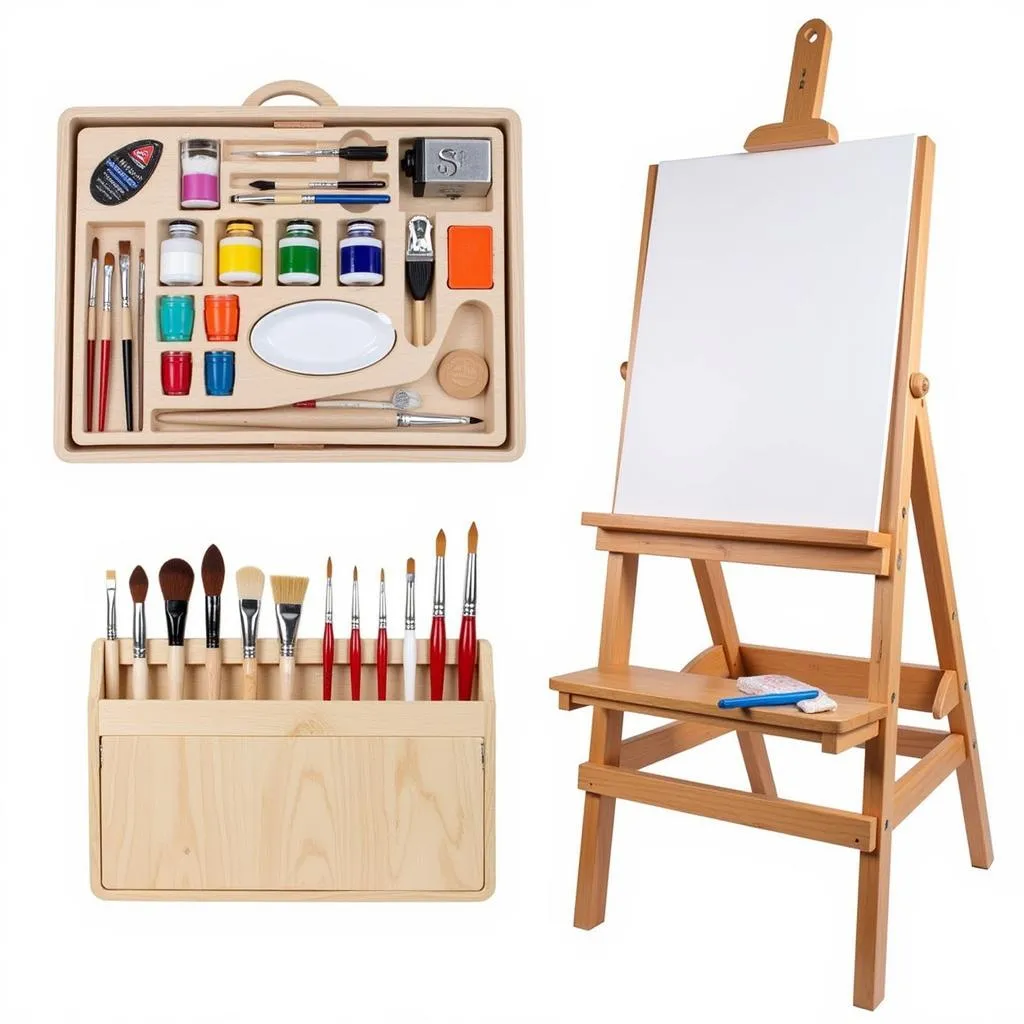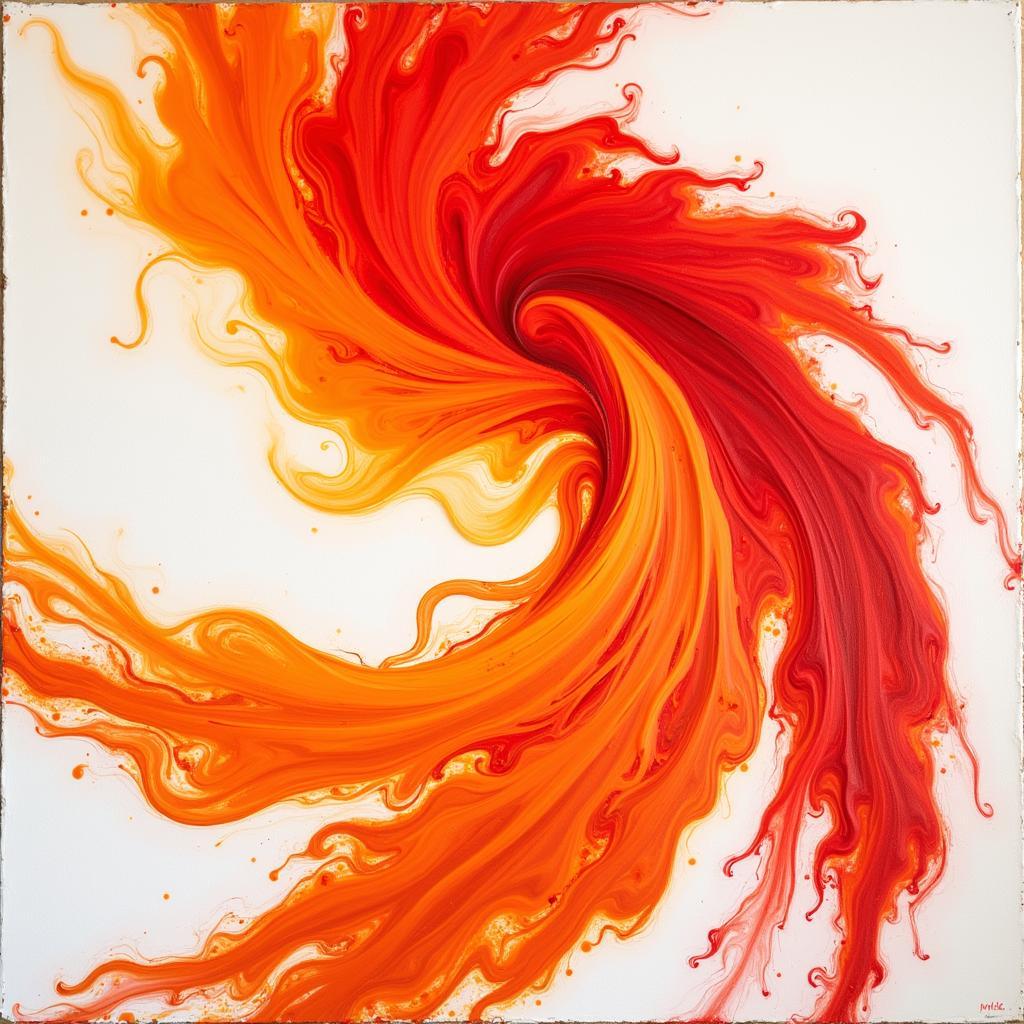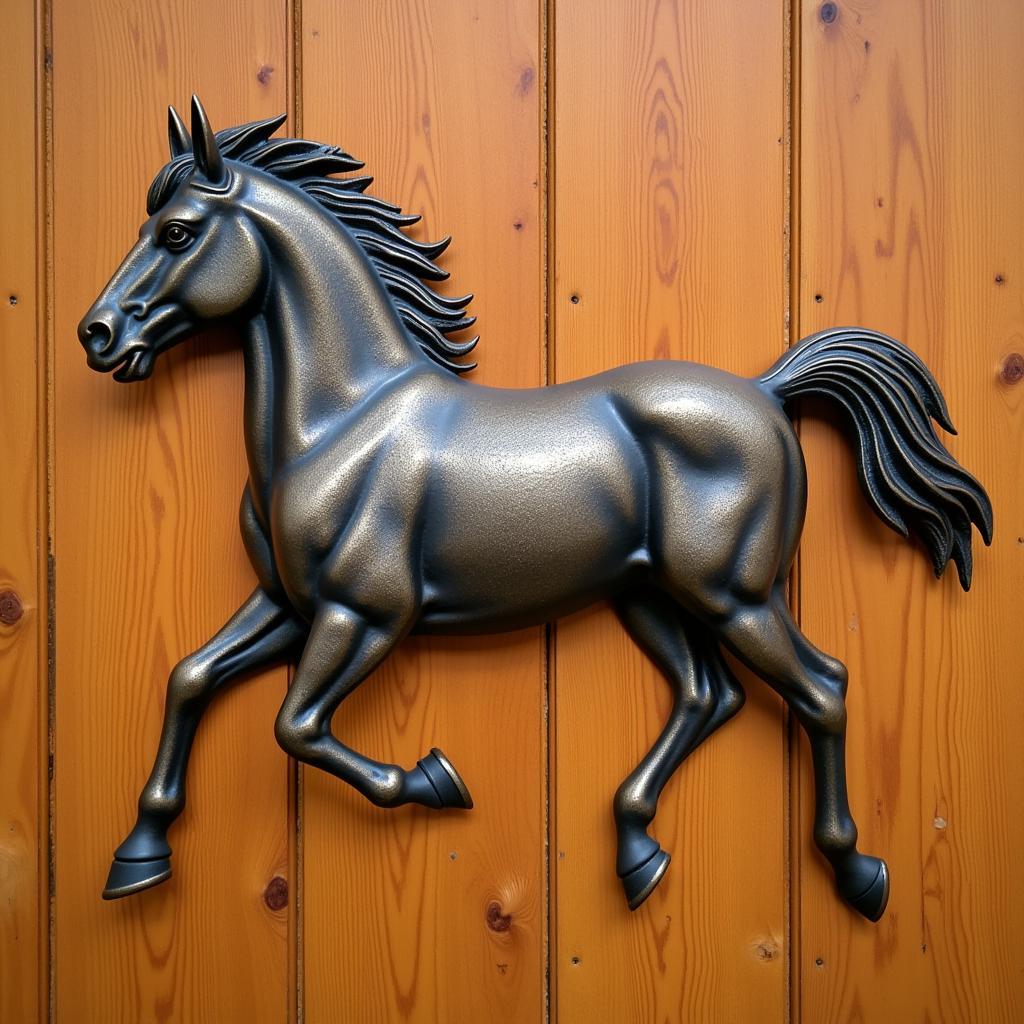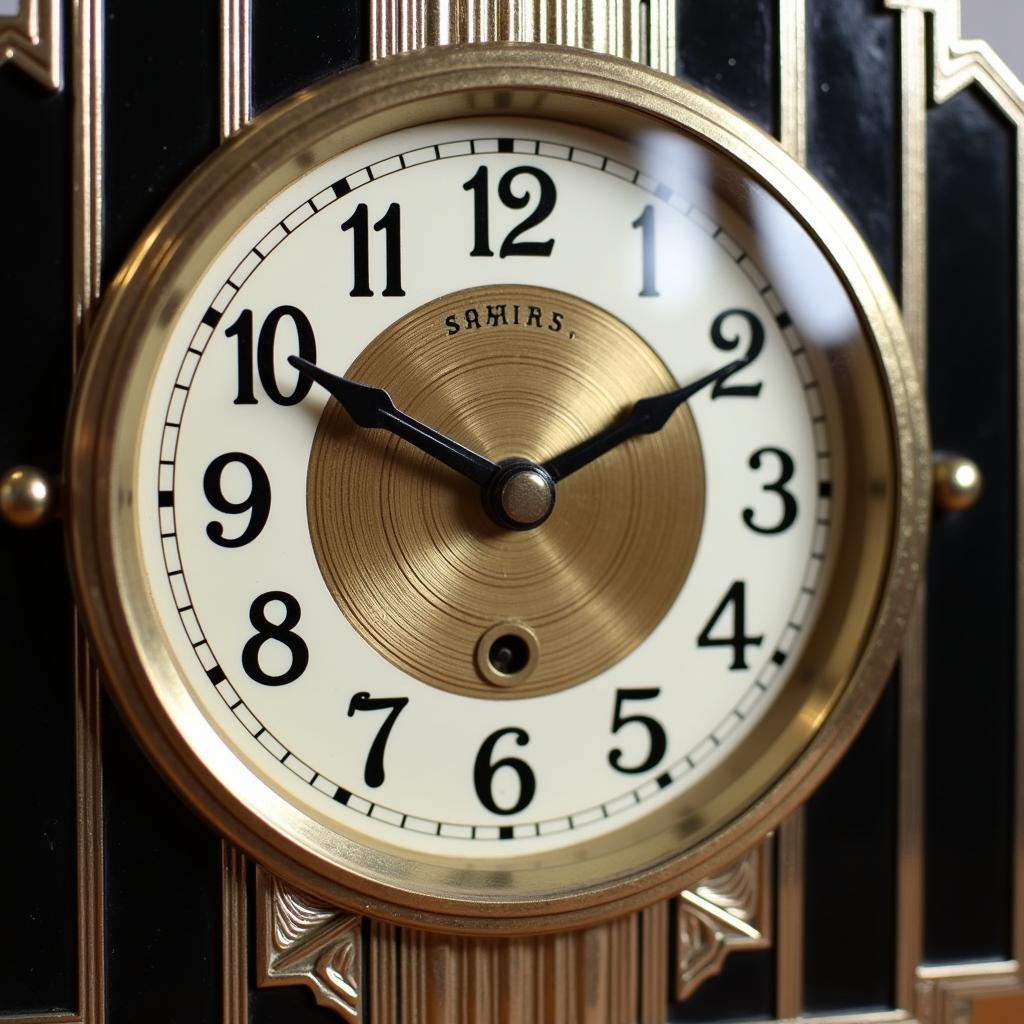Exploring the Allure of Art Deco Sculpture
Art Deco Sculpture, a captivating style that flourished in the 1920s and 30s, continues to inspire and fascinate today. Its sleek lines, geometric forms, and rich ornamentation capture the spirit of a dynamic era, blending modernity with a touch of classical elegance. This exploration delves into the defining characteristics, prominent artists, and enduring legacy of Art Deco sculpture.
Defining Characteristics of Art Deco Sculpture
Art Deco sculpture is immediately recognizable by its distinct features. Stylized forms, often depicting human figures, animals, and geometric shapes, are central to the style. Symmetry and repetition are key elements, creating a sense of balance and harmony. Materials such as bronze, chrome, ivory, and glass were favored, lending a luxurious and glamorous feel to the works. The emphasis on streamlined shapes and sleek surfaces reflects the machine age aesthetic of the period. Often, these sculptures were incorporated into architecture, furniture, and decorative arts, creating a cohesive and visually stunning environment. You might find some stunning examples of metal wall art animals.
Common Motifs and Themes in Art Deco Sculpture
Common themes found in Art Deco sculpture include speed, progress, and technological advancement. The dynamism of the Jazz Age is reflected in the energetic poses and flowing lines of many sculptures. Natural motifs, such as stylized flowers, leaves, and animals, are also prevalent, often abstracted and simplified to fit the geometric aesthetic. The human form is frequently idealized, depicted with elongated limbs and graceful curves.
Prominent Art Deco Sculptors and Their Masterpieces
Several artists significantly contributed to the development and popularity of Art Deco sculpture. Paul Manship, known for his elegant bronze figures, and Bruno Micheletti, with his dynamic animal sculptures, are just two examples. Their works embody the quintessential Art Deco spirit, capturing the elegance and dynamism of the era. Their influence can be seen today in pieces like sculptured wall art.
Who were some of the leading figures in Art Deco sculpture?
Artists like Paul Manship and Bruno Micheletti were pioneers in Art Deco sculpture, creating iconic pieces that continue to be admired.
 Paul Manship's Prometheus Sculpture
Paul Manship's Prometheus Sculpture
The Enduring Legacy of Art Deco Sculpture
The influence of Art Deco sculpture extends far beyond its heyday. Its distinctive aesthetic continues to inspire contemporary artists and designers, appearing in everything from fashion and jewelry to architecture and interior design. The enduring appeal of Art Deco lies in its ability to seamlessly blend elegance and modernity, creating a timeless style that transcends fleeting trends. Today, you might find modern interpretations in pieces like wall art sculpture metal.
How has Art Deco sculpture influenced contemporary art and design?
Art Deco’s sleek lines and geometric forms continue to inspire artists and designers today, influencing everything from fashion and jewelry to architecture and product design. Its timeless elegance ensures its continued presence in modern creative endeavors.
Collecting and Appreciating Art Deco Sculpture
For those interested in collecting Art Deco sculpture, understanding the market and identifying authentic pieces is essential. Researching artists, styles, and materials is crucial for making informed decisions. Consulting with reputable dealers and appraisers can provide valuable insights and guidance.
What are some tips for collecting Art Deco sculpture?
Research artists, styles, and materials thoroughly. Consult reputable dealers and appraisers for authentication and valuation. Carefully examine pieces for condition and craftsmanship.
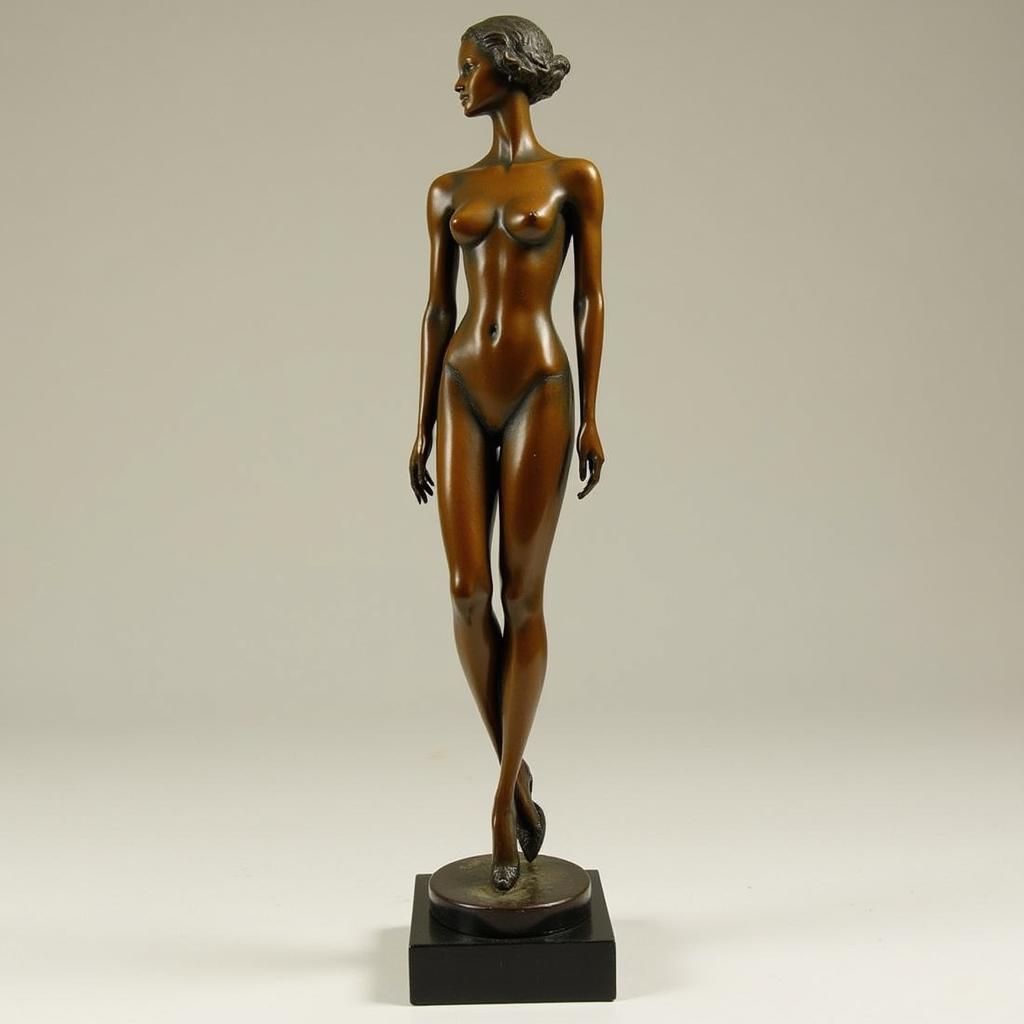 Bronze Art Deco Female Figure
Bronze Art Deco Female Figure
Art Deco Sculpture: A Timeless Expression of Modernity
Art Deco sculpture, with its unique blend of elegance and modernity, remains a captivating and influential art form. Its sleek lines, geometric shapes, and rich ornamentation continue to inspire artists, designers, and collectors alike. From its origins in the roaring twenties to its enduring presence in contemporary art, Art Deco sculpture stands as a testament to the power of artistic innovation and the timeless appeal of elegant design. Consider incorporating some into your own home, maybe as bar wall art.
“Art Deco sculpture represents a fascinating intersection of art and design, capturing the dynamism and optimism of a transformative era.” – Dr. Eleanor Vance, Art Historian
“The enduring appeal of Art Deco sculpture lies in its ability to seamlessly blend classical elegance with modern sensibilities.” – Mr. James Beaumont, Curator
Conclusion
Art Deco sculpture, with its unique blend of geometric forms and elegant design, remains a captivating art form. From the dynamic sculptures of Paul Manship to the use of luxurious materials like bronze and chrome, Art Deco continues to inspire and influence contemporary artists. Whether you are a seasoned collector or simply appreciate the aesthetic, exploring the world of Art Deco sculpture offers a fascinating glimpse into a vibrant period of artistic innovation. You might even consider adding a piece of art deco garden sculpture to your collection.
FAQ
-
What are the key characteristics of Art Deco sculpture?
- Geometric forms, streamlined shapes, stylized figures, and luxurious materials.
-
When was the Art Deco period?
- Primarily the 1920s and 1930s.
-
Who are some famous Art Deco sculptors?
- Paul Manship and Bruno Micheletti.
-
What materials were commonly used in Art Deco sculpture?
- Bronze, chrome, ivory, and glass.
-
Where can I see examples of Art Deco sculpture?
- Museums, art galleries, and private collections.
-
How can I start collecting Art Deco sculpture?
- Research artists, styles, and consult reputable dealers.
-
What is the value of Art Deco sculpture?
- Value varies depending on the artist, material, condition, and rarity.
Need Support?
Contact us 24/7!
Phone: 02462573573
Email: [email protected]
Address: Savico Megamall, 7-9 Đ. Nguyễn Văn Linh, Gia Thụy, Long Biên, Hà Nội 10000, Việt Nam.
